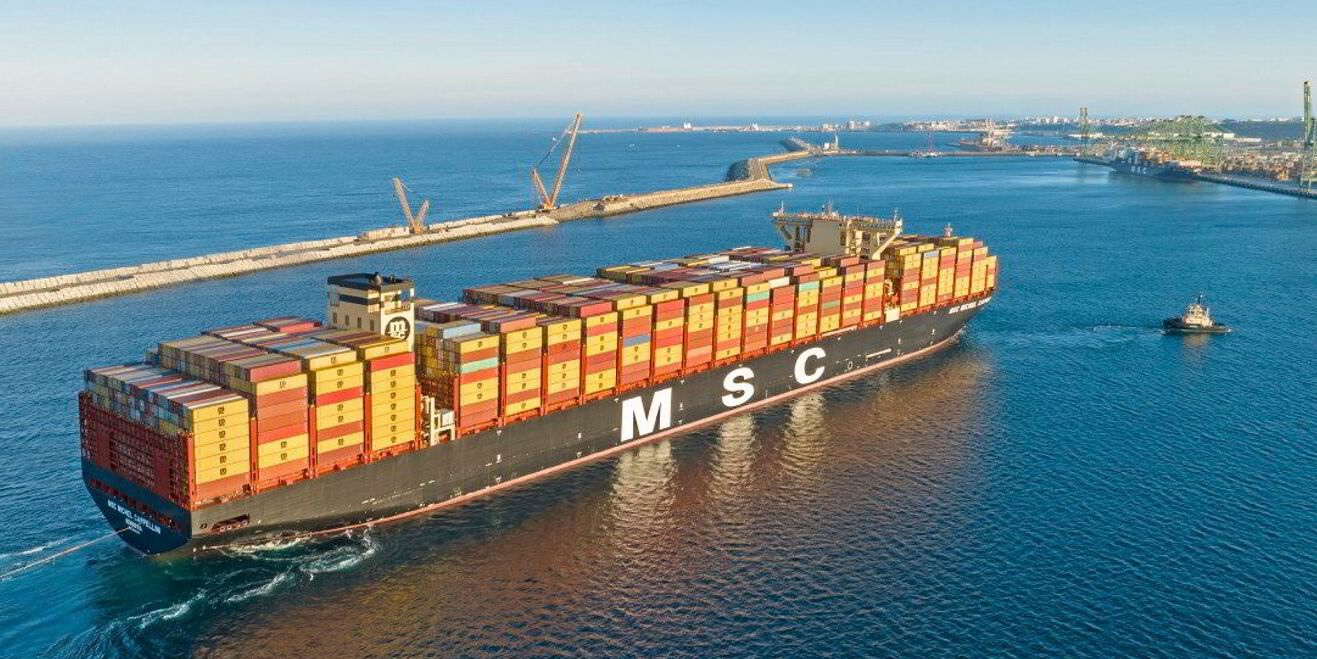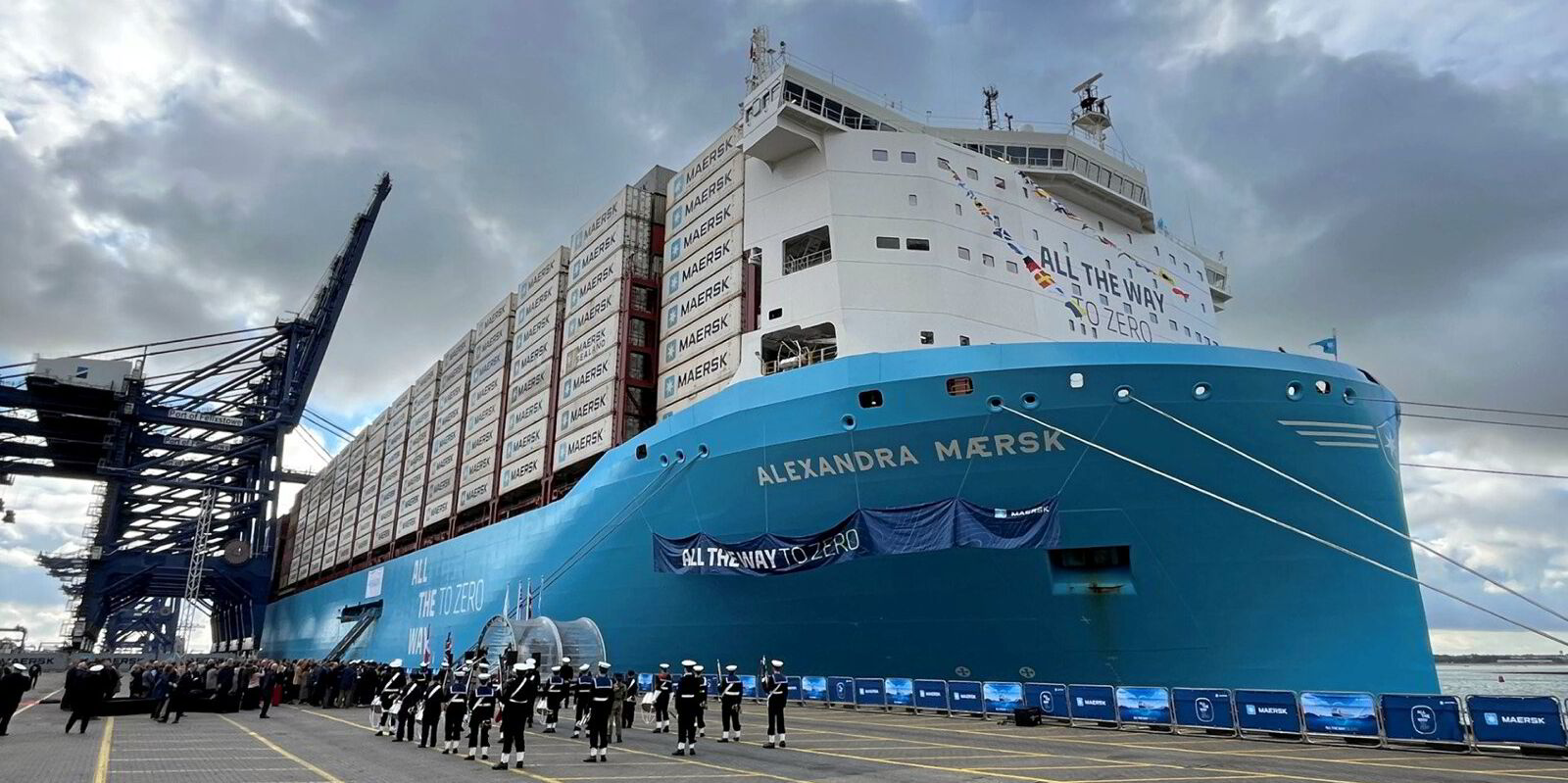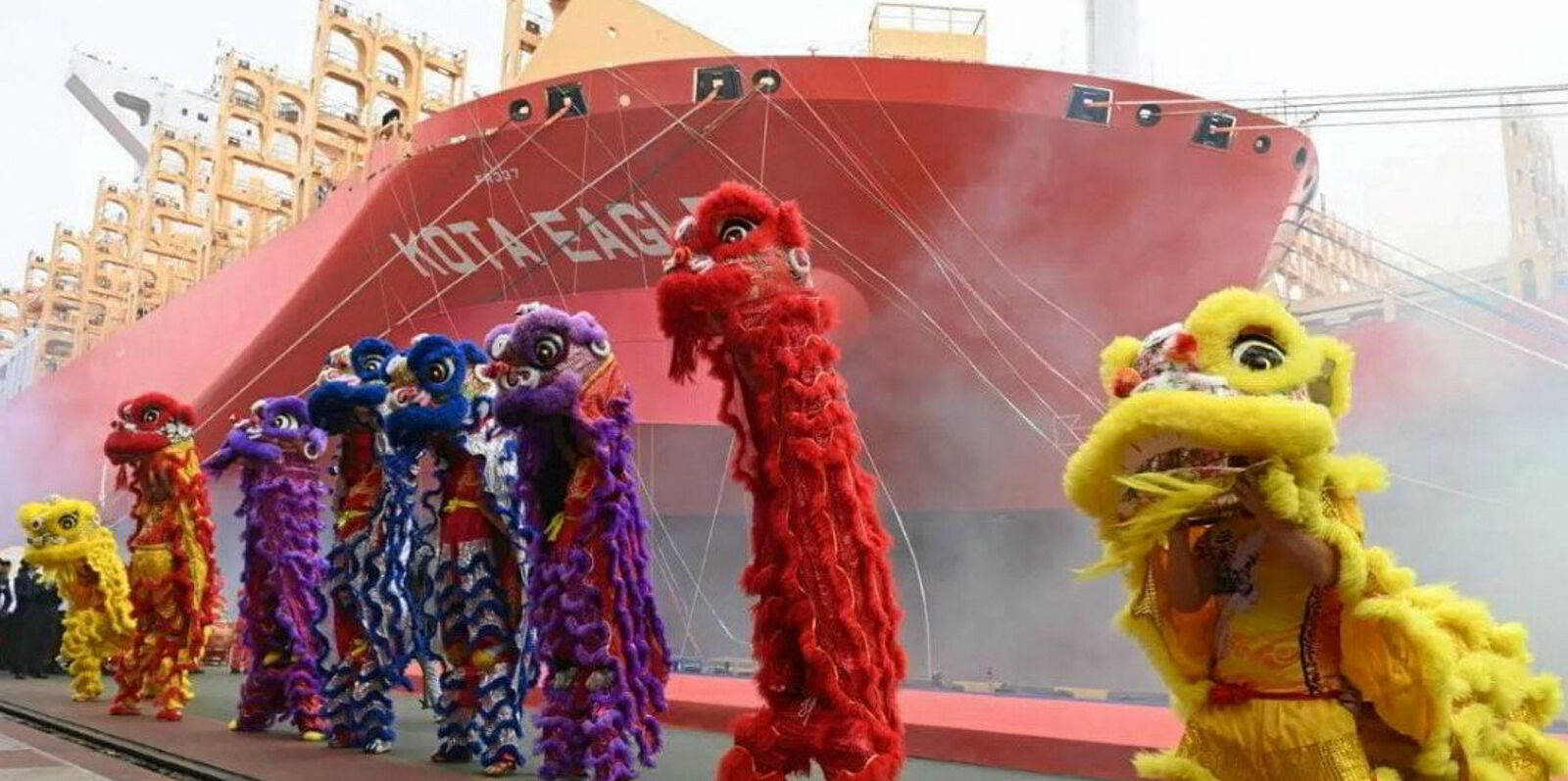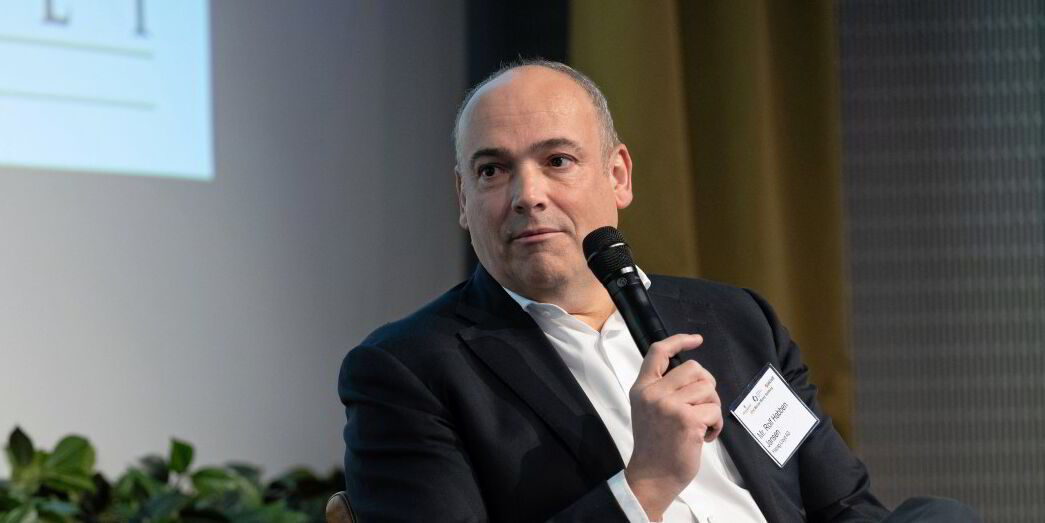This is stacking up to be a record year for container ship contracting.
The 2024 bonanza in newbuilding orders has benefited Chinese shipbuilders as carriers look to greener ships to replace ageing fleets in preparation for tougher carbon legislation.
That is resulting in what some observers estimate to be an unprecedented number of boxship orders, most of which are for larger vessels with dual-fuel LNG propulsion.
Shipbroker Braemar said 2.4m teu of newbuildings were ordered in the three months to September, surpassing the previous record of 1.8m teu set in the first quarter of 2021.
There are no signs that container ship ordering will slow for the rest of the year.
Alphaliner said 264 orders for vessels of all propulsion types, equivalent to 3.11m teu, were notched up in the year to 14 October.
This leaves 739 ships totalling 7.74m teu on order for delivery through to 2029.
Chinese beneficiaries
According to Alphaliner, Chinese shipbuilders have won 85% of orders in the past six months.
Three-quarters, or 1.83m teu, were for ships of more than 10,000 teu.
That spree has left China with 5.1m teu, or 492 ships, on order, compared with 162 ships of 1.91m teu under construction in South Korea and 60 ships of 580,000 teu in Japan.
Chinese yards Jiangsu New Yangzijiang, New Times Shipbuilding and Guangzhou Wenchong have 69, 57 and 56 ships, respectively, on order.
New Times has won half its quota in the past six months alone.
Braemar said most of the ships under construction are neo-panamaxes, with more than 100 of the 191 vessels ordered in China in the third quarter over 14,000 teu.

Exceptions include a 10-ship series of 21,000-teu vessels ordered by MSC Mediterranean Shipping Company at Hengli Heavy Industry.
The green agenda
The container orderbook is the largest it has ever been in terms of teu capacity. So why are carriers ordering ships?
Alphaliner estimates more than three-quarters of boxships ordered this year are environmentally friendly, featuring LNG or methanol propulsion systems.
This total does not include the 1.4m teu of LNG and methanol-ready ships that could potentially be converted to green propulsion in the future.
This suggests that the recent surge in orders was in part fuelled by carriers’ ambitions to enhance efficiency and use alternative fuels such as LNG and methanol.
Other reasons are shrinking yard capacity and inflationary yard costs.
Simon Heaney, a container shipping analyst at Drewry, said it indicates that the current window of opportunity for carriers to place orders is now.
The emphasis on green ships has led liner operators to resume orders for LNG-powered vessels, as gas emerges as the preferred transition fuel.
This marks a shift from last year’s trend, when orders for methanol-powered container ships dominated, reflecting increasing concerns about the future availability of green methanol.
Methanol-powered ships represent one-fifth of capacity ordered in the year to date, down from more than half in 2023, according to Alphaliner.
In their stead, shipowners have signed contracts for LNG-powered vessels, which constitute 55% of orders for 2024.
Dual-fuel LNG boxships accounted for 1.76m teu of capacity ordered this year.
Just 650,000 teu had methanol propulsion and 700,000m teu were conventionally powered.

Alphaliner said the order portfolio is distributed as follows: 41% for LNG, 31% for conventional propulsion and 28% for methanol.
Jonathan Roach, a container shipping analyst at Braemar, said another factor driving boxship orders may be the need for slow steaming to meet CO2 emission regulations.
Reducing speeds to 2.5 knots could decrease base overcapacity from 23% to 3% from 2025 to 2030.
Older boxships
According to Braemar, the orderbook totals 7.9m teu (736 vessels), representing 26.7% of the trading fleet.
This figure is driven predominantly by liner operators seeking to refresh their fleets with new tonnage.
The top 10 lines still operate 683 vessels aged 20 years or older, representing a capacity of more than 2.6m teu, Alphaliner said.
The 10 largest carriers could use 44% of their combined orderbook to replace the oldest ships in service, rather than for growth, it added.
The biggest orderbook is held by MSC, although it is just one of six carriers that account for three-quarters of newbuilding contracts this year, Drewry said.
The world’s largest liner operator has a huge orderbook of 137 ships, equivalent to almost 2m teu.
In the past six months, MSC has placed orders for 644,000 teu in China, including 12 at Zhoushan Changhong Shipyard, 10 at Jiangsu New Hantong Ship Heavy Industry, eight at Penglai Zhongbai Jinglu Ship Industry and six at Shanghai Waigaoqiao Shipbuilding.
But the Geneva-based carrier also still operates 315 ships (1.2m teu) that are 20 years or older that the newbuildings could replace, said Alphaliner.
AP Moller-Maersk has been ordering ships, including 10 at New Times and four at Jiangsu New Yangzijiang.
CMA CGM follows closely, having contracted 12 ships at HD Hyundai Samho and HD Hyundai Ulsan.
Along with orders from Cosco, Ocean Network Express and Wan Hai Lines, this surge is expected to account for nearly 60% of fleet growth between the end of 2023 and 2025.
The orders mean the container fleet continues to grow while rates remain strong.
According to Clarksons Research, the global fleet surpassed 30m teu for the first time in September, comprising 6,264 boxships with an average size of 4,571 teu.






